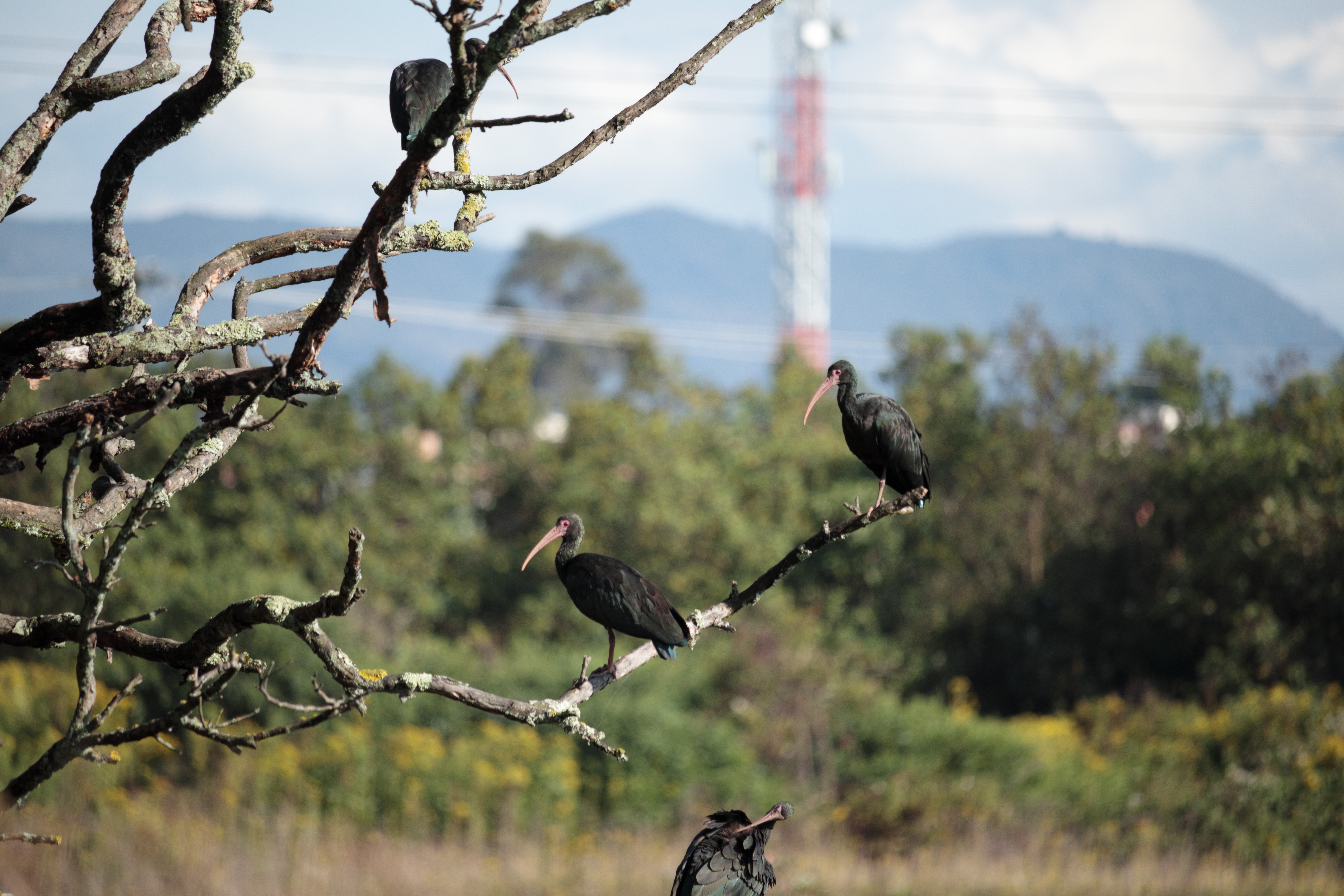
The Principal Ecological Structure (PES) is a territorial planning and management instrument that recognizes that there are social processes (economic, recreation, well-being associated with the provision and regulation of ecosystem services, SSEE) that depend on natural processes. Therefore, the EPP seeks to guarantee the integrity of biodiversity and the provision of ecosystem services to meet the basic needs of the population. To this end, protected areas, urban parks, ecological corridors and other areas of special ecosystemic importance and areas for sustainable use and recovery or restoration are identified. In this sense, a management model is established in which each unit of the territory is assigned a function in relation to the following categories:
- Conservation areas: these are areas that are currently important for the provision of ecosystem services such as water provision, climate and risk regulation, biodiversity conservation, among others. These areas have minimal intervention levels.
- Restoration areas: Refers to priority areas for the provision of ecosystem services, but which currently show medium or high levels of degradation and therefore require intervention processes to restore their capacity to provide ecosystem services. These areas can be contaminated water bodies, to give an example.
- Sustainable use areas: These are areas that, due to their characteristics, can be used directly by people, whether for agricultural and livestock production, industry, urban settlements or service infrastructure. In these areas processes can be developed to promote sustainable use.
It is important to highlight that the EPP can be implemented in different cities of the national territory. The implementation of this instrument allows cities to develop in a sustainable manner, taking into account the protection and restoration of ecological areas and processes on which social processes depend. In Bogotá, the EEP is composed of the Capital District's System of Protected Areas, urban parks, ecological corridors, and the Bogotá River Special Management Area.


